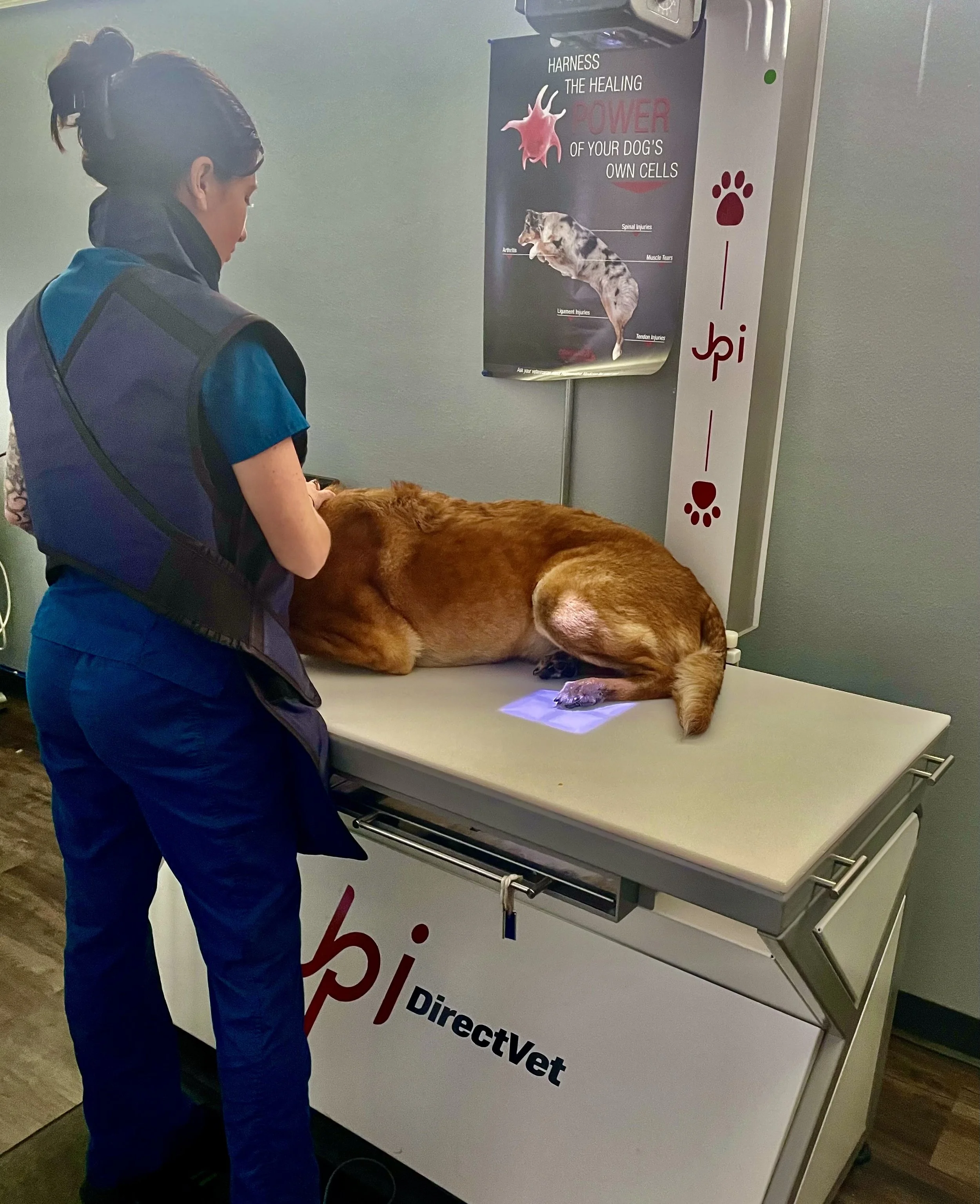Digital Radiology
Our state-of-the-art digital radiography (x-ray) technology allows us to obtain detailed views of your pet's bones, joints, and tissues. Digital images are captured through a sensor plate rather than traditional film, producing superior high-resolution pictures. This enhances our ability to diagnose and pinpoint the underlying mobility issues caused by conditions like arthritis, fractures, disc disease, cruciate tears, and more.
Multiple views of areas like the hips, elbows, spine, and legs give a comprehensive picture to guide customized rehabilitation treatments. The images can be adjusted, magnified, and enhanced to uncover even subtle bony changes. We take extra steps to ensure accuracy by having a board-certified radiologist review each radiograph.
Periodic x-ray rechecks during your pet's therapy are valuable to monitor healing and changes. Digital radiography at our clinic provides the imaging quality needed for optimal orthopedic care without heavy sedation or radiation risk.
radiology FAQs
-
Digital radiology, also known as digital X-ray, is an advanced imaging technique that allows us to capture high-quality images of your pet's internal structures, aiding in the diagnosis and treatment planning for various conditions.
-
Yes, digital x-ray is very safe. It uses low radiation doses and fast image capture to get diagnostic pictures in just seconds versus minutes for film.
-
Digital radiography allows detailed visualization of bones and tissues to help diagnose:
Orthopedic conditions - osteoarthritis, elbow/hip dysplasia, cruciate tears, fractures, luxating patellas, bone spurs
Spinal issues - intervertebral disc disease, spondylosis, stenosis, malformations
Abnormal bone growths - osteochondromas, calcifications
Tumors and cancer - in bones, organs, chest
Developmental issues in puppies/kittens
Digital x-ray provides valuable diagnostic imaging for a wide range of orthopedic, neurologic, soft tissue, and other conditions in pets. We can zero in on the underlying problem to create targeted treatment and therapy plans.
-
Sedation is ideal for most radiographs to allow for the best positioning without causing pain. We have a variety of sedation protocols to safely use depending on your pet’s age and health status. Full monitoring is performed with any sedation protocol.
-
Digital images appear on the computer instantly. A radiologist interprets them within 48 hours to discuss findings and treatment with you.
-
No, x-rays are completely painless. The sensor plates or detector stays outside the body capture images. Some soreness after position may occur if your pet is already uncomfortable. We will try and mediate this by using pain medications and sedation.
-
Yes, we collaborate closely with your primary and/or specialty veterinarian. We will send a report to summarize our findings and email the images if requested.


